Description of a Patient Trolley
1. Structure and Design:
- Frame: Patient trolleys typically have a sturdy and robust frame made from materials like aluminum or steel, designed to support the weight of the patient safely.
- Surface: The trolley has a flat, padded surface covered with durable, easy-to-clean materials such as vinyl or synthetic fabric to ensure patient comfort and hygiene.
- Height Adjustment: Many trolleys feature adjustable height mechanisms that allow healthcare providers to set the trolley at an ergonomic height for loading and unloading patients.
2. Wheels and Mobility:
- Wheels: Patient trolleys are fitted with wheels (usually four) to enable easy maneuverability. These wheels are often lockable to ensure stability when the trolley is stationary.
- Steering Mechanism: Some trolleys incorporate a steering mechanism that allows for smooth navigation through hallways and around corners in busy hospital environments.
3. Safety Features:
- Side Rails: Most patient trolleys come with foldable or removable side rails to prevent patients from rolling off during transport and to provide additional support.
- Safety Straps: Trolleys may have safety belts or straps to secure the patient safely in place during transportation.
- Emergency Brakes: Trolleys are often equipped with brake systems that can be engaged to keep the trolley stationary while loading or unloading patients.
4. Variants and Specialized Trolleys:
- Emergency Trolleys: Specifically designed for use in emergency situations, often with features that allow for rapid setup and additional storage for medical supplies.
- Operating Room Trolleys: Designed for transporting patients to and from surgical areas. These trolleys may include features for easy access by surgical teams.
- Folding Trolleys: Lightweight and collapsible models that facilitate easy storage and transport, often used in ambulance settings.
5. Uses and Applications:
- Patient Transport: Primarily used to move patients between different locations in a hospital, such as from the emergency department to imaging suites or surgical theaters.
- Diagnostic Procedures: Patients may be transported on trolleys for various diagnostic tests, such as MRIs or CT scans.
- Transfer Process: Trolleys facilitate safe transfers of patients who may be incapacitated, ensuring their comfort and security during movement.
6. Comfort Features:
- Padding: The surface is padded to provide maximum comfort during transport, especially for patients who may have to lie on the trolley for extended periods.
- Headrests: Some models may include adjustable headrests for better patient positioning.





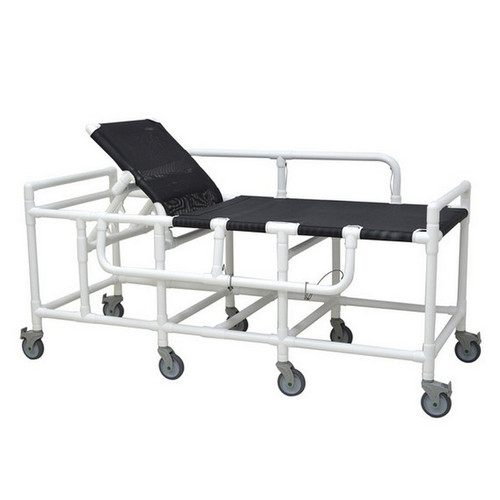
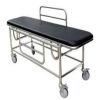
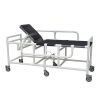
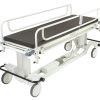
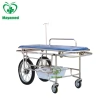
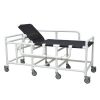


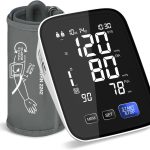


Reviews
There are no reviews yet.